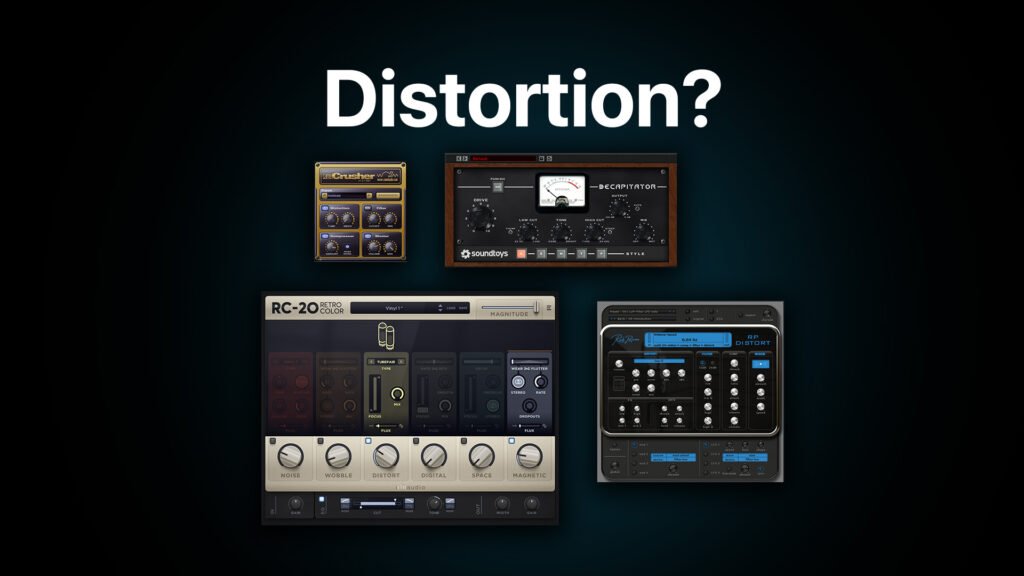
What is Distortion?
Distortion is an effect that has been used in music production for decades, and it can add a lot of character and texture to your sound. However, if used incorrectly, it can also ruin your mix. In this article, we’ll explore what distortion is and how to use it effectively in your music production.
What is distortion?
Distortion is the process of intentionally adding harmonic overtones to a sound signal. This effect creates a “dirty” or “gritty” sound, and it can be achieved in a variety of ways. One of the most common ways to create distortion is by overdriving an amplifier or a piece of hardware designed to distort the sound. However, in digital music production, we often use distortion plugins to achieve this effect.
Types of distortion: There are many types of distortion, and each has a different sound and application. Here are some of the most common types of distortion used in music production:
- Overdrive – This is a mild form of distortion that is often used on guitar and bass. It adds warmth and grit to the sound.
- Fuzz – This is a more extreme form of distortion that adds a thick, fuzzy tone to the sound.
- Distortion – This is a general term for any type of distortion. It can be used on any instrument or sound.
- Saturation – This is a type of distortion that adds warmth and character to a sound. It’s often used on drums, bass, and vocals.
How to use distortion in music production:
- Use it to add character to a sound – Distortion can add grit, warmth, and texture to a sound. Use it to make your sound more interesting and unique.
- Use it sparingly – Too much distortion can ruin your mix. Use it sparingly and only where it’s needed.
- Experiment with different types of distortion – Each type of distortion has a different sound and application. Experiment with different types to find the right one for your sound.
- Use it to create contrast – Distortion can be used to create contrast between different parts of a song. For example, you can use distortion on the chorus to make it stand out from the verse.
- Use it to shape the sound – Distortion can be used to shape the sound of an instrument or sound. For example, you can use distortion to add more attack to a snare drum.
Conclusion:
Distortion is a powerful tool in music production, but it must be used wisely. Use it to add character and texture to your sound, but don’t overdo it. Experiment with different types of distortion and use it to create contrast and shape the sound. With practice, you’ll learn how to use distortion effectively and take your music production to the next level.

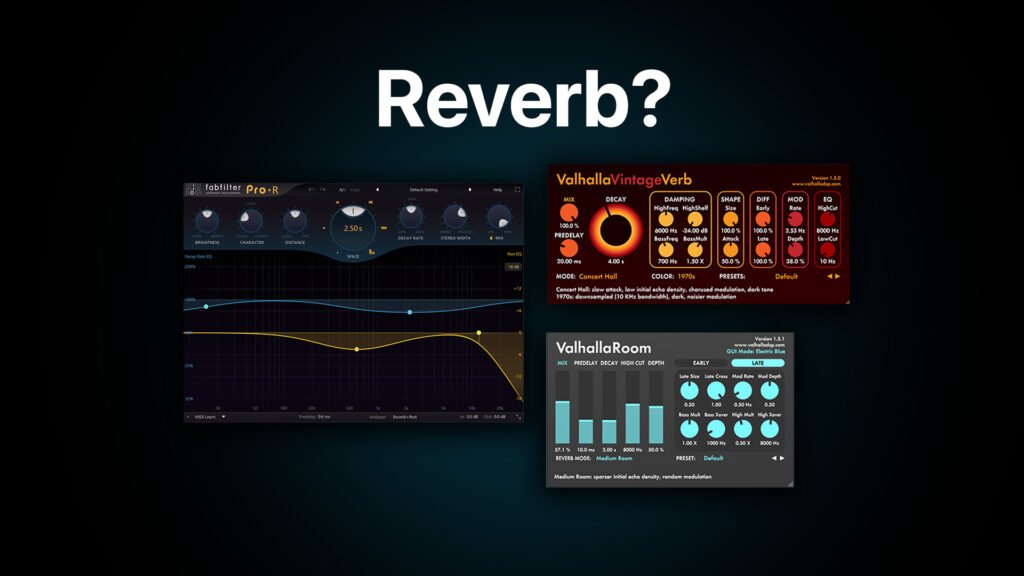
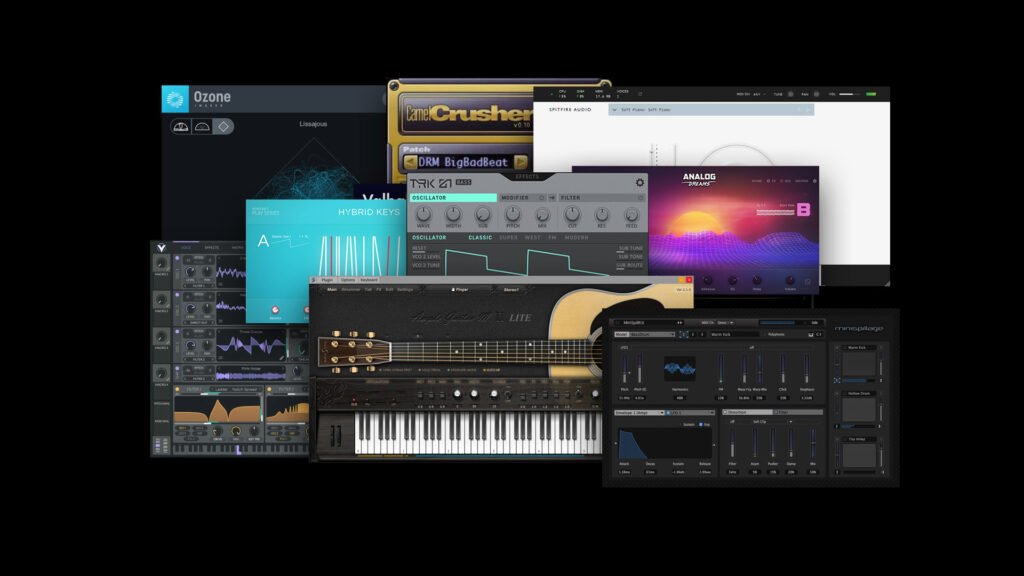
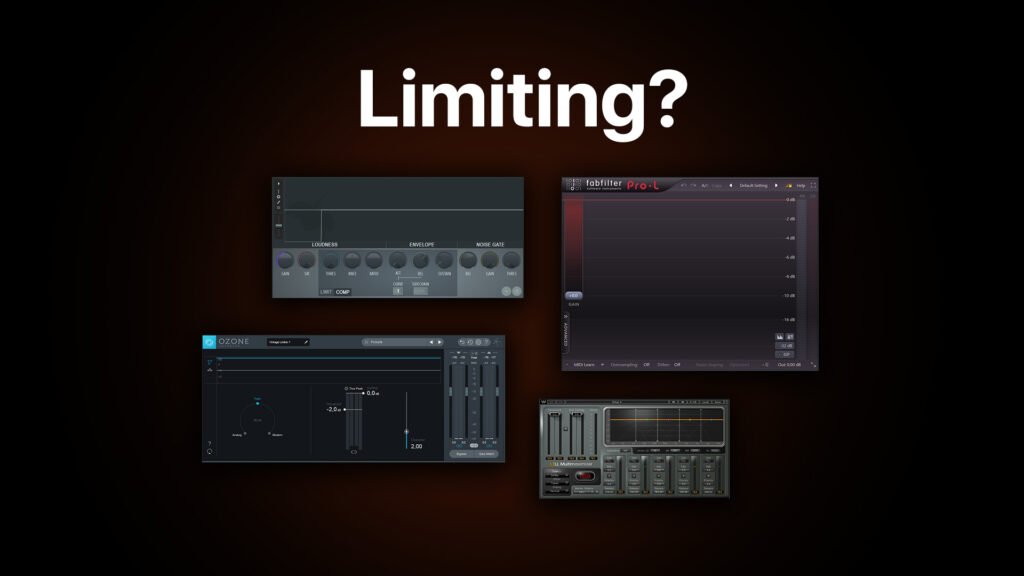
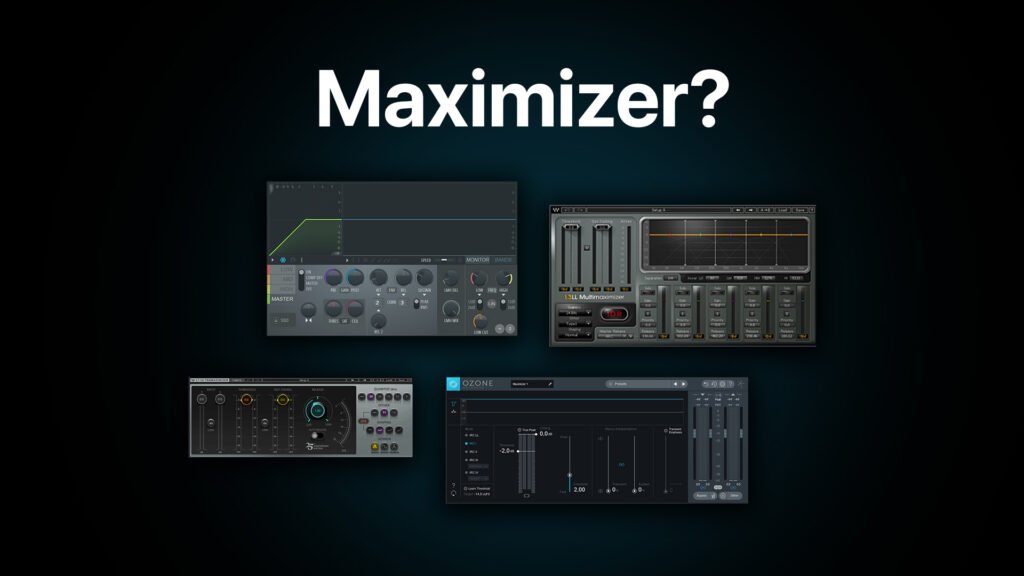

Responses